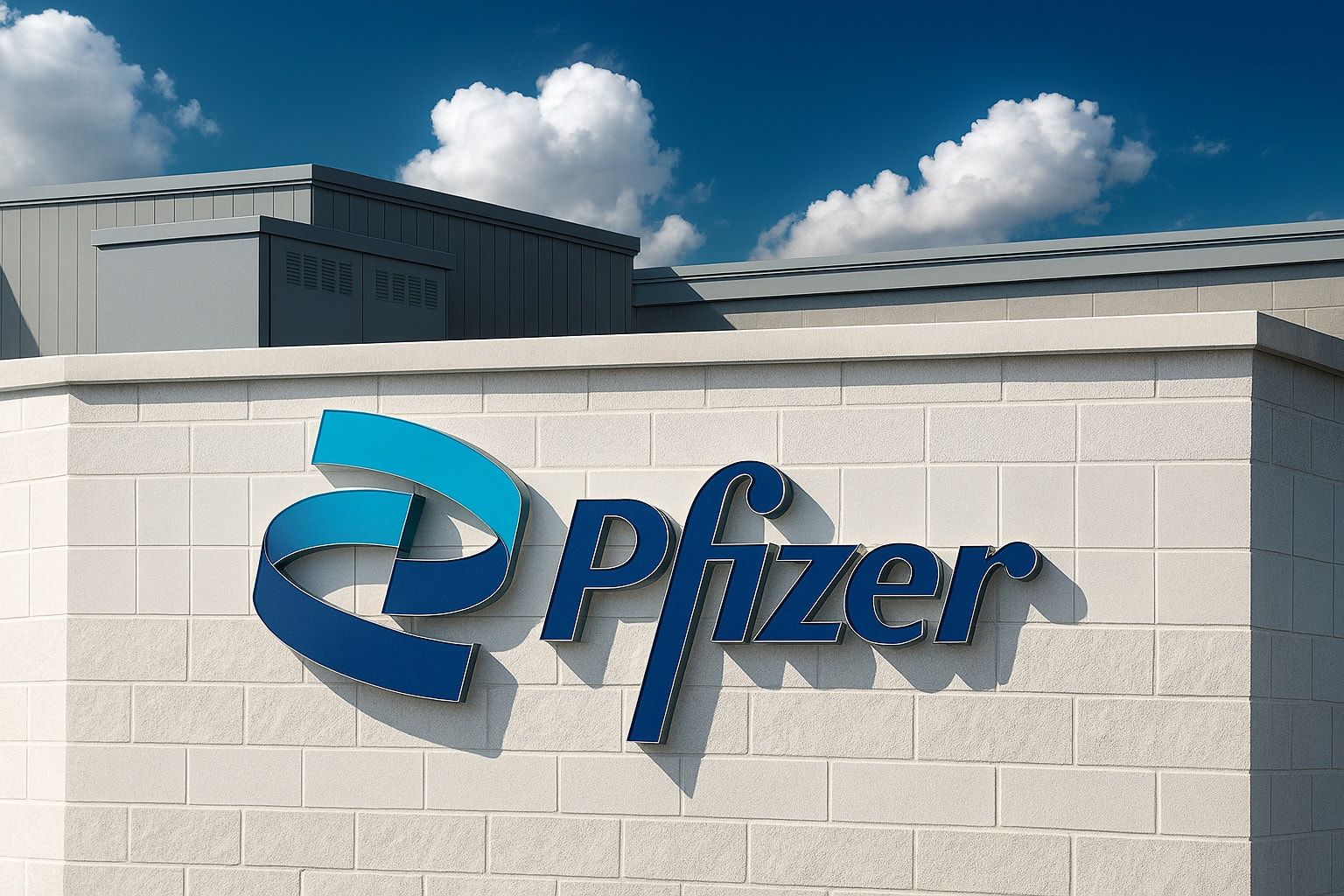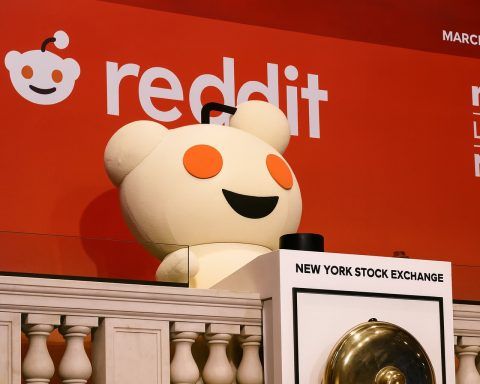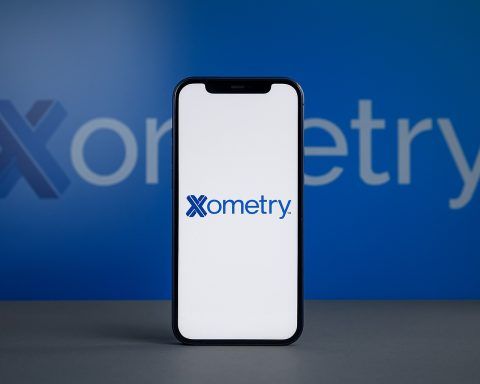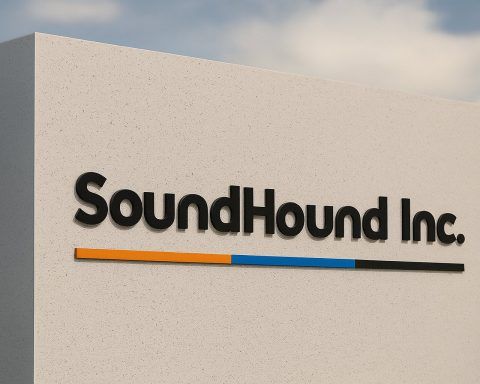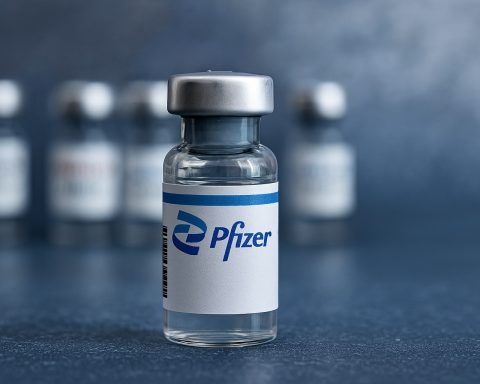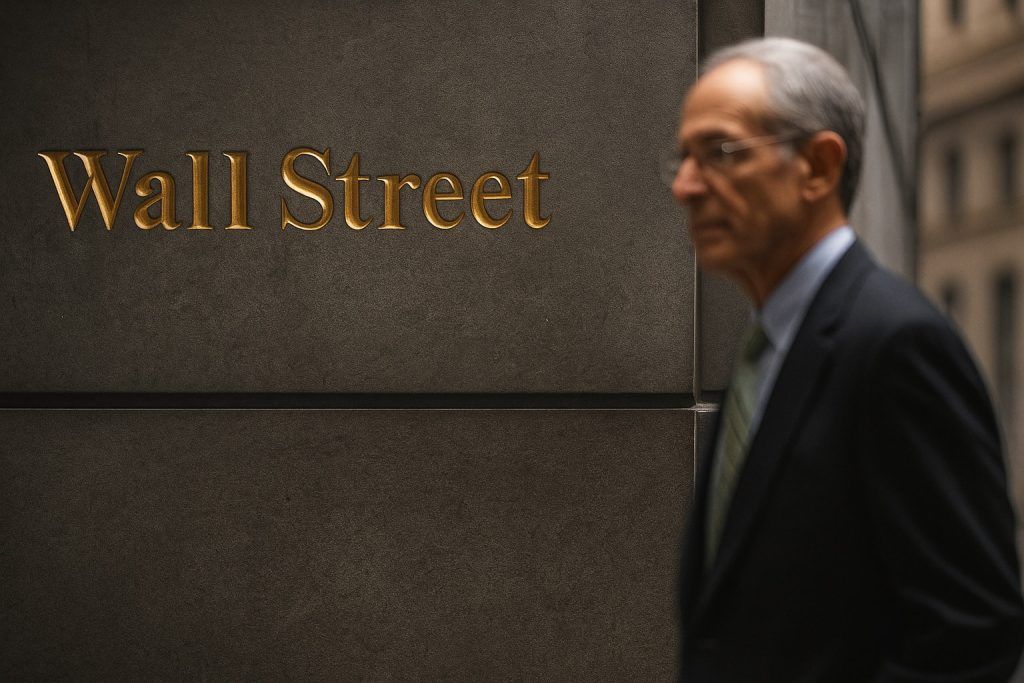- Earnings Beat Expectations: Pfizer reported third-quarter 2025 adjusted earnings of $0.87 per share, topping analyst estimates of about $0.63–$0.64 [1]. Revenue came in at $16.65–$16.7 billion for Q3, slightly above forecasts (~$16.5 billion) despite being ~6% lower year-over-year [2] [3].
- Guidance Raised Again: The pharma giant raised and narrowed its full-year 2025 profit outlook to $3.00–$3.15 in adjusted EPS (up from prior $2.90–$3.10) while reaffirming its revenue guidance of $61–$64 billion [4] [5]. This marks the second straight quarter Pfizer has boosted its profit forecast amid improving performance [6] [7].
- Cost Cuts and Core Drugs Soften the Blow: Pfizer’s base business helped offset steep declines in COVID-19 product sales. Its blockbuster COVID antiviral Paxlovid saw sales plunge 55%, and COVID vaccine (Comirnaty) sales fell 20% in Q3 as the pandemic wanes [8]. However, robust demand for other key drugs – like blood thinner Eliquis (sales up 22% to $2.02B) and heart medicine Vyndaqel/Vyndamax (up 7% to $1.59B) – plus ongoing cost-cutting initiatives (targeting $7.2B in savings by 2027) helped cushion the revenue decline [9] [10].
- Legal Battle Over Obesity Startup: Pfizer is locked in a public fight with Novo Nordisk over the obesity drug developer Metsera. Pfizer had agreed in September to acquire Metsera for up to $7.3 billion, but Novo Nordisk launched an unsolicited higher bid (reportedly around $9 billion) to hijack the deal [11] [12]. Pfizer has sued Novo and Metsera’s board for breach of contract and antitrust violations, with a court hearing set for Nov. 4 [13]. Novo Nordisk rejects Pfizer’s allegations, setting the stage for a contentious takeover battle in the weight-loss drug arena [14].
- Betting Big on Obesity Drugs: Pfizer’s pursuit of Metsera signals a major pivot into the booming obesity treatment market. CEO Albert Bourla said the deal “propels Pfizer into this key therapeutic area,” noting that “obesity is a large and growing space with over 200 health conditions associated with it” [15]. The company has no approved obesity drugs today after scrapping an experimental obesity pill earlier in 2025, so it’s betting $7B+ on Metsera’s pipeline of four clinical-stage candidates [16] [17]. Analysts estimate the global obesity drug market – dominated by Novo’s Wegovy and Eli Lilly’s Zepbound – is currently ~$28 billion and could soar to $95+ billion by 2030 [18].
- Market Reaction: Despite the earnings beat and upbeat guidance, Pfizer’s stock (PFE) was down about 0.8–1% in pre-market trading after the announcement [19] [20]. Investors appear cautiously optimistic; the modest dip suggests lingering concerns about Pfizer’s longer-term growth drivers. The company’s shares have lagged this year amid the post-pandemic sales slump, and some on Wall Street remain wary of upcoming patent expirations and Pfizer’s heavy reliance on acquisitions to fuel growth [21].
Q3 Earnings Beat and Raised Outlook
Pfizer delivered a positive surprise in Q3 2025, topping earnings and revenue expectations even as its overall results declined from a year ago. Adjusted earnings per share came in at $0.87, comfortably above consensus (~$0.63–$0.64) [22]. This was achieved on quarterly revenue of about $16.7 billion, which, while ~6% lower than the same period last year, slightly exceeded analysts’ forecasts (~$16.5B) [23] [24]. The decline was largely anticipated due to the sharp drop in COVID-19 product demand, but stronger-than-expected sales in other areas helped Pfizer beat the Street’s estimates.
Encouraged by the quarter’s results, Pfizer raised its full-year 2025 earnings guidance for the second consecutive quarter [25]. The company now projects adjusted EPS of $3.00 to $3.15 (versus the prior $2.90–$3.10 range), signaling management’s growing confidence in the business [26]. “We raised and narrowed our full-year 2025 adjusted diluted EPS guidance, underscoring confidence in our ability to deliver strong results,” stated Pfizer CFO David Denton in the earnings release [27]. Notably, Pfizer maintained its full-year revenue forecast of $61–$64 billion, indicating that while profits are expected to improve (thanks to cost cuts and efficiencies), the top-line outlook remains unchanged [28]. Wall Street’s current consensus falls in the middle of these ranges (~$3.04 EPS on $62.8B revenue) [29], so Pfizer’s guidance essentially aligns with expectations on sales and slightly raises the earnings bar.
This guidance update also accounts for recent external pressures, including trade tariffs. Pfizer noted that its profit outlook “absorbs the impact of the currently imposed tariffs from China, Canada, and Mexico,” suggesting that a new arrangement with the U.S. government will mitigate some cost pressures [30]. In fact, Pfizer became the first major pharma firm to sign onto a plan to lower certain drug prices for Medicaid in exchange for tariff relief, a deal CEO Albert Bourla said will provide “greater clarity” for the business going forward [31]. Such moves, combined with aggressive cost management, are helping Pfizer preserve margins even as revenue contracts.
Cost Cuts and Core Drugs Offset the COVID Slump
As expected, COVID-19 vaccine and treatment sales have dwindled from their pandemic peaks, weighing on Pfizer’s year-over-year comparison. In Q3, sales of its COVID antiviral Paxlovid plunged 55%, while revenue from the Comirnaty vaccine (co-developed with BioNTech) dropped 20% [32]. With global vaccination and infection rates down, COVID products now generate only a fraction of their prior revenue. This steep decline was the primary driver of Pfizer’s 6% overall revenue drop in the quarter.
However, Pfizer’s diverse portfolio helped cushion the blow. The company is seeing solid growth in other blockbuster medicines, which partly filled the gap left by waning COVID demand. Notably, blood thinner Eliquis (co-marketed with Bristol Myers Squibb) saw its sales jump 22% year-over-year to $2.02 billion in Q3 [33]. Another bright spot was Pfizer’s rare heart disease franchise (tafamidis, sold as Vyndaqel/Vyndamax), which grew 7% to $1.59 billion [34]. These products, among others, underscore that Pfizer’s established drug portfolio continues to perform well, providing a stable revenue base. “Our third-quarter performance demonstrates our continued focus on execution and financial discipline,” CFO Denton emphasized, highlighting that strong operational execution is helping deliver results even as certain segments decline [35].
Meanwhile, Pfizer’s cost-cutting initiative is in full swing, boosting its bottom line. Under CEO Bourla’s direction, Pfizer has implemented a broad cost realignment program in response to the post-pandemic downturn. The company says it is on track to achieve roughly $7.2 billion in annualized net cost savings by 2027 from these measures [36]. These savings come from restructuring, layoffs, streamlining operations and R&D prioritization announced over the past year. The belt-tightening is already aiding profitability: operating expenses are being trimmed, which helped Pfizer convert $16.7B of revenue into a better-than-expected $0.87 EPS this quarter. In short, stable demand for key non-COVID drugs plus aggressive cost discipline are enabling Pfizer to outperform lowered expectations, even as total sales remain below last year’s level [37] [38].
Raising the Profit Forecast – Sign of a Turning Tide?
Pfizer’s decision to boost its full-year earnings outlook again suggests management sees improvements taking hold. This is the second quarter in a row Pfizer has raised guidance – a notable turnaround after the company had cut forecasts last year amid COVID declines. The new adjusted EPS range of $3.00–$3.15 essentially meets the average analyst estimate (around $3.04) [39], but the upward revision signals that Pfizer expects a stronger finish to 2025 than previously thought. Executives cited “continued confidence in the business and progress with ongoing cost improvement initiatives” as reasons for the higher outlook [40]. In other words, cost cuts are materializing faster than planned and the core drug business is proving resilient, allowing Pfizer to drop more earnings to the bottom line even without a revenue boost.
Importantly, Pfizer left its revenue guidance unchanged at $61–$64 billion [41], implying that any outperformance is likely coming from margin improvements rather than sales upside. This conservative stance on sales may reflect remaining uncertainties – for instance, COVID booster uptake or the macro environment – but the maintained range indicates Pfizer believes it can at least hit the lower end comfortably. By raising EPS guidance within the same revenue frame, Pfizer is effectively narrowing its outlook to reflect higher profitability. The profit forecast upgrade “underscores confidence in our ability to deliver strong results,” according to CFO Denton [42]. It also appears to align with analyst consensus, which had already anticipated roughly $3.00+ in EPS for 2025 [43].
Some analysts view this as a stabilization signal for Pfizer. After the pandemic boom-and-bust, Pfizer’s earnings are finding a new footing. However, there are still concerns on Wall Street about the longer term. Pfizer faces looming patent expirations later in the decade on key drugs like Eliquis and Ibrance, which could pressure revenue. The company’s growth strategy relies heavily on launching new products and integrating acquisitions (such as the recent $43B Seagen oncology deal) to replace lost COVID income and upcoming patent cliffs. “Pfizer faces risks from approaching patent expiries on key drugs and remains heavily dependent on M&A for future growth,” one Seeking Alpha analysis noted, reflecting questions about the sustainability of its rebound [44]. In the near term, though, Pfizer’s raised guidance suggests the ship is steadying: cost efficiencies and new launches (e.g. vaccines for RSV and pneumococcal disease, a promising migraine drug, etc.) are expected to drive improved earnings through year-end.
Obesity Drug Ambitions: The Metsera Deal and Novo Nordisk Showdown
A major focus for Pfizer’s future is its push into the lucrative obesity drug market, which has captured the attention of the entire pharma industry. In late September, Pfizer announced a deal to acquire Metsera Inc., a U.S. biotech developing cutting-edge obesity and metabolic disorder treatments, for $4.9 billion upfront (or up to $7.3 billion including milestone payments) [45] [46]. Metsera is a clinical-stage company with four drug candidates in development (including an injectable combination of incretin and amylin analogues), but no products on the market yet [47]. Pfizer’s bid was a bold attempt to “fatten” its pipeline in a field where it currently has no approved therapies [48]. As CEO Albert Bourla put it, the acquisition “aligns with our focus on directing investments to the most impactful opportunities and propels Pfizer into this key therapeutic area” [49]. He emphasized the huge unmet need and commercial opportunity: “Obesity is a large and growing space with over 200 health conditions associated with it.” [50]
Pfizer’s move comes on the heels of some setbacks in obesity research. Earlier in 2025, Pfizer discontinued development of an oral GLP-1 agonist pill (danuglipron) after it showed safety/tolerability issues, marking at least the second high-profile failure in its obesity R&D efforts [51] [52]. Acquiring Metsera is seen as a way to “claw deeper into the obesity space” after those failures [53], effectively buying a promising pipeline rather than developing one from scratch. It mirrors a broader trend of big pharma using M&A to catch up in the red-hot weight-loss drug race, which so far has been led by Novo Nordisk (maker of Wegovy and Ozempic) and Eli Lilly (maker of Mounjaro/Zepbound). Demand for these new obesity medications has skyrocketed over the past two years, far outstripping supply in some markets and driving massive share gains for Novo and Lilly. The total obesity drug market is currently estimated around $28 billion, but Goldman Sachs projects it could triple to $95 billion by 2030, and Morgan Stanley thinks it could hit $150 billion by 2035 [54]. With metabolic health being a long-term growth area, Pfizer is eager for a piece of what some call a potential “$100 billion market of the decade.”
However, what Pfizer likely didn’t anticipate was that its Metsera bid would spark a bidding war. In late October, just weeks after Pfizer’s deal was announced, Novo Nordisk launched a surprise unsolicited bid for Metsera, offering significantly more money [55]. According to Reuters, Novo’s offer was a “shock $9 billion move” to snatch Metsera away from Pfizer [56]. Metsera’s board considered Novo’s higher bid despite having already agreed to Pfizer’s offer. This led Pfizer to take legal action: the company filed two lawsuits against Novo Nordisk and Metsera’s leadership, accusing Novo of inducing breach of contract and engaging in anti-competitive conduct by trying to scuttle Pfizer’s agreed deal [57]. Pfizer argues that Novo’s interference violates the merger agreement in place with Metsera. One of these cases has an initial hearing on Nov. 4, 2025 – indicating the fight is escalating in real time [58]. Novo Nordisk has publicly rejected Pfizer’s claims, asserting it acted within legal bounds and that it respected any constraints in Metsera’s agreement with Pfizer [59]. Essentially, Novo contends it had the right to make a topping bid, while Pfizer is trying to enforce its signed deal.
This high-stakes pharma showdown underscores how valuable obesity drug assets have become. Novo Nordisk, already the global leader in obesity treatments, is aggressively protecting its turf – willing to spend billions to keep an emerging rival asset out of Pfizer’s hands. Pfizer, for its part, sees Metsera as a strategic linchpin for its future in cardiometabolic diseases and is fighting not to lose it. The outcome remains uncertain: Pfizer’s original deal was for $47.50 per share plus contingent payments [60], whereas Novo’s bid is reportedly much richer, so Metsera’s shareholders could favor Novo unless courts enforce Pfizer’s contract. Some experts say this tussle could delay Pfizer’s entry into the obesity market even if it ultimately prevails, because legal battles and bidding wars take time and money. Nonetheless, the company appears committed – Pfizer’s Bourla has signaled they will be “very disciplined” but also persistent in pursuing attractive opportunities in areas like obesity [61] [62].
Analysts are watching closely. BMO Capital Markets analyst Evan Seigerman noted that Pfizer’s deal could make it a serious contender by late decade and that Novo’s counterbid confirms Metsera’s strategic value. In fact, one market observer quipped that Pfizer’s deal “will sharpen competition for Novo Nordisk in the fast-growing obesity drug market” if it goes through [63]. Pfizer’s push here is part of a broader strategy to offset its COVID revenue decline and upcoming patent losses by investing in high-growth therapeutic areas – obesity being chief among them, alongside oncology (where Pfizer just bought Seagen) and immunology. The company’s Q3 earnings call reinforced this focus: management highlighted obesity, oncology, vaccines, and inflammation as four key pillars for growth [64] [65]. The Metsera saga, while contentious, shows Pfizer’s determination to not miss out on what could be the next big pharma gold rush.
Market Reaction and Outlook
Investors greeted Pfizer’s earnings news with a mix of optimism and caution. In immediate pre-market trading on Nov. 4, Pfizer’s stock dipped about 1% despite the earnings beat and improved guidance [66] [67]. The muted reaction suggests that much of the good news was already anticipated, and the market remains focused on Pfizer’s longer-term trajectory. Year-to-date, PFE shares have underperformed the broader market as the company worked through its post-pandemic reset. Even with cost cuts and guidance raises, some analysts point to the challenges ahead: Pfizer’s core business (excluding COVID) is solid but not high-growth, and several best-selling drugs will lose exclusivity in the coming years. This means the company must execute on new launches and acquisitions (like Metsera, if successful) to reignite meaningful revenue growth.
On the positive side, Pfizer’s management is signaling that the worst of the COVID hangover may be over. The Q3 results show the company “meeting or exceeding forecasts” even with COVID sales way down [68]. The full-year outlook bump indicates confidence that Pfizer can hit its earnings targets through cost efficiency and portfolio strength. If Pfizer closes the Metsera acquisition (or is compensated if Novo somehow derails it), it would gain a foothold in a massive new market, which could improve sentiment around the stock’s growth story. Additionally, Pfizer has several potential tailwinds: the recent FDA approvals of an updated COVID/flu combo vaccine in late-stage testing, a maternal RSV vaccine, and momentum in its mRNA and gene therapy pipeline. These were highlighted as “new product launches” contributing to Pfizer’s stabilization [69].
Nonetheless, skepticism persists among experts about Pfizer’s ability to swiftly return to growth. As Reuters reported, Pfizer’s COVID products are now a relatively small piece of the pie, and “weakening demand for COVID products caused Pfizer’s revenue to contract about 6%” this quarter [70]. The question is whether the new products and acquired assets can not only replace that lost revenue but drive growth beyond it. Pfizer’s heavy spending on M&A (over $70B committed between Seagen, Arena, Biohaven, and now Metsera) has raised concerns about integration risks and high debt levels, especially if those bets don’t pay off quickly. Moody’s and other credit watchers have flagged Pfizer’s debt-funded acquisitions, though the company maintains it can deleverage over time thanks to the cash flow from its diversified portfolio [71] [72]. In the earnings call, Pfizer’s team reiterated that they will be “disciplined” and not overpay for deals [73] – a reassurance likely aimed at investors worried about bidding wars like the one with Novo.
Looking ahead, analysts are divided on Pfizer’s stock. Some see it as undervalued now that expectations have been reset and with a hefty dividend yield attracting income investors. Others remain on the sidelines, awaiting clearer evidence of an inflection in revenues. The outcome of the Metsera saga could serve as a near-term catalyst (for better or worse): winning Metsera might position Pfizer as a serious player in obesity treatments by late 2020s, but losing it could be a blow to its pipeline ambitions (albeit saving cash). Moreover, macro factors like U.S. drug price reform and potential tariffs (referenced by Pfizer in its guidance) add uncertainty. Notably, Pfizer’s recent agreement to lower certain drug prices in Medicaid – in exchange for relief from proposed tariffs – suggests the company is proactively adapting to political pressure on pricing [74]. This could remove a cloud of uncertainty and was described by Bourla as providing “greater clarity” for planning [75].
In summary, Pfizer’s Q3 2025 performance delivered welcome good news: earnings are beating forecasts, cost cuts are bearing fruit, and management feels confident enough to raise the profit outlook for the year [76] [77]. The company is fundamentally profitable and investing in future growth areas. Yet, the stock’s tepid reaction underscores that investors need to see more than one quarter of improvement. They want evidence that Pfizer can innovate and grow in the post-COVID era – whether through its own R&D or strategic acquisitions – to justify long-term optimism. The bold bet on Metsera and obesity drugs is one piece of that puzzle. As one industry commentary put it, Pfizer’s latest moves could even make it “the budget entry point to the weight-loss bonanza”, signaling a potential turnaround in how the market views this “hated stock” [78]. For now, Pfizer has shown it can execute amid adversity; the coming quarters and the resolution of the Metsera battle will reveal if this pharma giant can truly regain its growth momentum and give investors something to cheer about beyond just cost-driven earnings beats.
Sources: Pfizer/Stocktwits News [79] [80]; Reuters [81] [82]; RTT News/Nasdaq [83] [84]; Seeking Alpha [85]; Euronews/AP [86] [87]; Reuters (Novo vs. Pfizer) [88] [89]; AlphaSpread/IBD [90].
References
1. www.reuters.com, 2. stocktwits.com, 3. www.reuters.com, 4. stocktwits.com, 5. www.nasdaq.com, 6. www.reuters.com, 7. www.reuters.com, 8. www.reuters.com, 9. www.reuters.com, 10. www.nasdaq.com, 11. www.reuters.com, 12. www.reuters.com, 13. www.reuters.com, 14. www.reuters.com, 15. www.euronews.com, 16. www.euronews.com, 17. www.euronews.com, 18. www.euronews.com, 19. stocktwits.com, 20. www.nasdaq.com, 21. seekingalpha.com, 22. www.reuters.com, 23. stocktwits.com, 24. www.reuters.com, 25. www.reuters.com, 26. www.nasdaq.com, 27. www.nasdaq.com, 28. www.nasdaq.com, 29. www.nasdaq.com, 30. www.nasdaq.com, 31. www.reuters.com, 32. www.reuters.com, 33. www.reuters.com, 34. www.reuters.com, 35. www.nasdaq.com, 36. www.nasdaq.com, 37. www.reuters.com, 38. www.reuters.com, 39. www.nasdaq.com, 40. stocktwits.com, 41. www.nasdaq.com, 42. www.nasdaq.com, 43. www.nasdaq.com, 44. seekingalpha.com, 45. www.alphaspread.com, 46. www.alphaspread.com, 47. www.euronews.com, 48. www.euronews.com, 49. www.euronews.com, 50. www.euronews.com, 51. www.alphaspread.com, 52. www.euronews.com, 53. www.alphaspread.com, 54. www.euronews.com, 55. www.reuters.com, 56. www.reuters.com, 57. www.reuters.com, 58. www.reuters.com, 59. www.reuters.com, 60. www.euronews.com, 61. insights.pfizer.com, 62. insights.pfizer.com, 63. www.alphaspread.com, 64. insights.pfizer.com, 65. insights.pfizer.com, 66. stocktwits.com, 67. www.nasdaq.com, 68. seekingalpha.com, 69. www.reuters.com, 70. seekingalpha.com, 71. insights.pfizer.com, 72. insights.pfizer.com, 73. insights.pfizer.com, 74. www.reuters.com, 75. www.reuters.com, 76. www.reuters.com, 77. www.reuters.com, 78. www.alphaspread.com, 79. stocktwits.com, 80. stocktwits.com, 81. www.reuters.com, 82. www.reuters.com, 83. www.nasdaq.com, 84. www.nasdaq.com, 85. seekingalpha.com, 86. www.euronews.com, 87. www.euronews.com, 88. www.reuters.com, 89. www.reuters.com, 90. www.alphaspread.com
